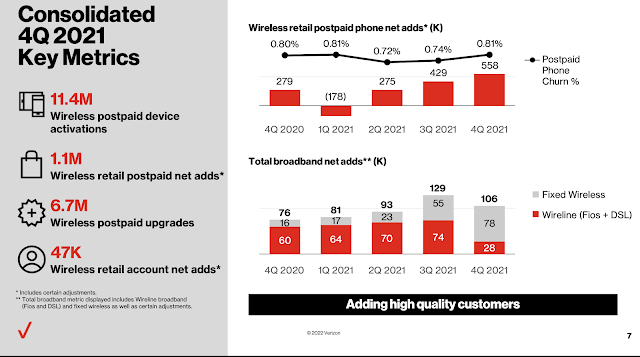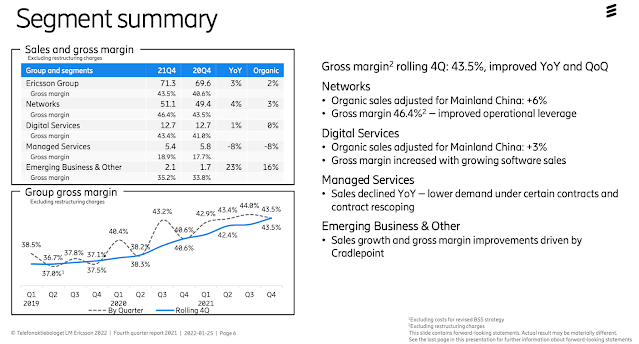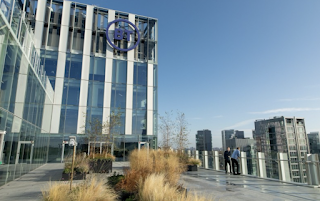by Benedict Chua, Associate Editor
Juniper Networks is pushing ahead with its next generation Trio and Express ASICs for cloud and Service Provider networks.
The 5th generation Express ASIC, which powers Juniper's PTX Series core routers, increases forwarding performance with pipeline and memory capabilities for scaling, filtering, telemetry and sampling operations. It offers 45% power efficiency improvement over the 4th generation introduced in 2020.
The 6th generation Trio ASIC, which powers Juniper's MX Series edge routers, has been optimized for logical service scaling with large route forwarding tables, flexible tunnel encapsulation, rich QoS, firewall security filters, traffic management counters, and ML capabilities. It promises 70% power efficiency over the previous generation ASIC. The Trio 6 is now available.
Juniper is also announcing three new multi-service edge offerings, each powered by the Trio 6 ASIC.
- MX10K LC9600 Line Card: The LC9600 line card delivers the same MX Series capabilities for the multi-service edge. It delivers 9.6 Tbps per slot throughput and, along with the existing LC480 line card, provides the flexibility to scale from 1GE to 400GE interfaces in a single MX10K platform. The LC9600 brings the full breadth of multi-service functionality in Juniper’s Junos OS, with the versatility to deliver disparate edge services concurrently (residential, business, mobile, video, converged P/PE infrastructure, data center interconnect and more). The LC9600 also offers embedded MACsec on each port.
- MX10004 Multi-Service Edge Router: a modular 7RU, 4-slot line card configuration that uses the existing MX10K universal router chassis, enabling the reuse of MX10K line cards currently deployed (LC2101, LC480) along with the new LC9600. When fully loaded with LC9600 line cards, it operates with noteworthy power efficiency.
- MX304 Compact Multi-Service Edge Router: a highly compact, 2RU platform with the flexibility to scale out services at 3.2 Tbps and 4.8 Tbps, in redundant and non-redundant configurations.

















